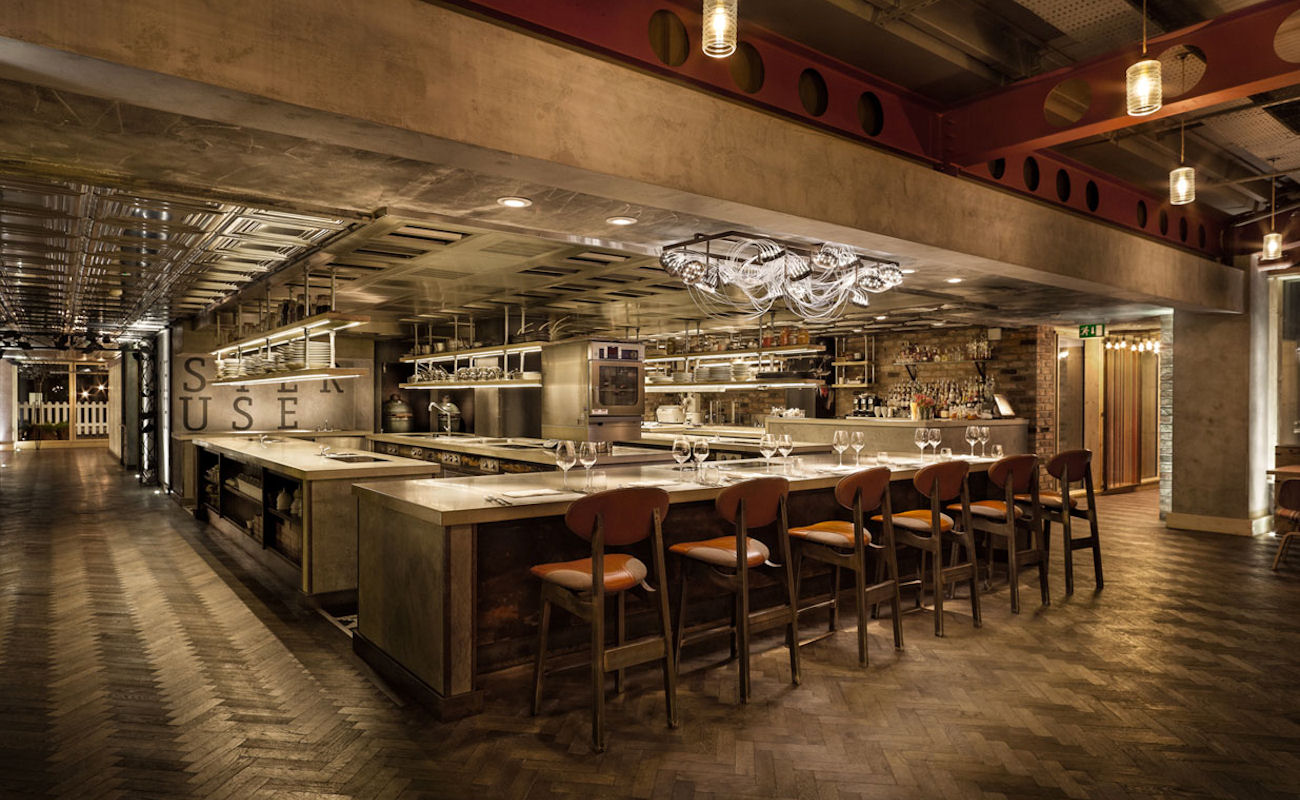Warm vs Cool Light: Which is Best for Your Living Room?
When it comes to lighting your living room, one of the most important decisions you'll have to make is whether to go with warm or cool light. Both options have their benefits and drawbacks, and choosing the right one can make a big difference in how your living room looks and feels. In this article, we'll explore the differences between warm and cool light and help you determine which is best for your living room.
How to Choose the Right Lighting for Your Living Room
Before we dive into the specifics of warm and cool light, it's important to understand the basics of lighting design for your living room. The first step is to consider the function of the room. Is it primarily a place for relaxation and unwinding, or is it a space for entertaining guests? This will help determine the type and level of lighting you need.
Next, think about the overall style and decor of your living room. Do you have a modern, minimalist design or a cozy, traditional feel? This will influence the type of light fixtures and bulbs you choose.
Finally, consider the natural light in your living room. If you have large windows that let in a lot of natural light, you may not need as much artificial light. On the other hand, if your living room is lacking in natural light, you'll need to compensate with brighter artificial light.
The Importance of Lighting Temperature in Your Living Room
Lighting temperature, also known as color temperature, is measured in Kelvin (K) and refers to the color of the light produced by a bulb. Warm light has a lower color temperature, typically between 2000-3000K, and gives off a yellow or orange hue. Cool light has a higher color temperature, usually between 4000-6500K, and produces a bluish-white light.
The temperature of your lighting can have a significant impact on the overall look and feel of your living room. Warm light tends to create a cozy and inviting atmosphere, while cool light can make a space feel more modern and energizing.
Warm or Cool Light: Pros and Cons for Your Living Room
Now that you understand the basics of lighting temperature, let's explore the pros and cons of warm and cool light for your living room.
Creating the Perfect Ambiance with Warm or Cool Light in Your Living Room
Now that you've weighed the pros and cons of warm and cool light, you may be wondering which one is best for your living room. The truth is, it depends on your personal preferences and the specific needs of your space. However, there are some general guidelines you can follow to create the perfect ambiance with warm or cool light.
If you want a cozy and intimate living room, opt for warm light. You can achieve this by using warm light bulbs or adding warm-toned lampshades to your existing light fixtures. To balance out the warmth, you can also incorporate cool light in the form of accent lighting or task lighting.
If you prefer a more modern and energizing atmosphere, cool light may be the way to go. You can achieve this by using cool light bulbs or adding cool-toned lampshades to your existing light fixtures. To soften the coolness, you can also incorporate warm light through accent lighting or task lighting.
Tips for Choosing the Right Light Bulbs for Your Living Room
When it comes to selecting light bulbs for your living room, there are a few things to keep in mind:
The Impact of Warm and Cool Light on Your Living Room Décor
The lighting in your living room can have a significant impact on the overall look and feel of your decor. Warm light can enhance warm color schemes and make a space feel cozier, while cool light can complement cool color schemes and make a room feel more modern.
Additionally, the type of light fixtures you choose can also contribute to the overall aesthetic of your living room. For a traditional or cozy feel, opt for warm-toned fixtures such as brass or copper. For a more modern or industrial look, choose cool-toned fixtures like chrome or brushed nickel.
Finding the Balance: Combining Warm and Cool Light in Your Living Room
As we've mentioned, it's not always necessary to choose between warm and cool light for your living room. In fact, combining the two can create a balanced and visually appealing space.
One way to do this is by layering your lighting. Use warm overhead lighting for general illumination, cool accent lighting for a modern touch, and warm task lighting for a cozy and functional feel.
You can also use dimmers to adjust the brightness and color temperature of your lights, allowing you to easily switch between warm and cool light depending on the time of day or your mood.
How to Use Warm and Cool Light to Enhance Your Living Room's Functionality
In addition to setting the overall ambiance, lighting can also play a crucial role in the functionality of your living room. For example, if you use your living room as a workspace, you'll want to incorporate bright, cool lighting to help you focus and be productive. On the other hand, if your living room is primarily used for relaxation, warm lighting can help create a calm and soothing atmosphere.
It's also essential to consider the placement of your light fixtures. For example, you'll likely want overhead lighting for general illumination, but you may also want to incorporate floor lamps or table lamps for more targeted lighting in specific areas.
The Best Lighting Options for a Cozy and Inviting Living Room
Ultimately, the best lighting for your living room will depend on your personal preferences and the specific needs of your space. However, here are some popular lighting options for creating a cozy and inviting living room:
Choosing the Best Lighting for Your Living Room

The Importance of Lighting in House Design
 Lighting plays a crucial role in creating the overall ambiance and atmosphere of a living room. Not only does it provide functional light for daily activities, but it also sets the mood and enhances the aesthetic appeal of the space.
Warm or cool light can completely transform the look and feel of a living room
, making it essential to carefully consider which type of lighting is best suited for your space.
Lighting plays a crucial role in creating the overall ambiance and atmosphere of a living room. Not only does it provide functional light for daily activities, but it also sets the mood and enhances the aesthetic appeal of the space.
Warm or cool light can completely transform the look and feel of a living room
, making it essential to carefully consider which type of lighting is best suited for your space.
Understanding Warm and Cool Light
 Before deciding on the type of lighting for your living room, it is important to understand the difference between warm and cool light. Warm light, also known as yellow or soft white light, has a color temperature of around 2700K to 3000K. It gives off a cozy and inviting feel, making it perfect for living rooms and other common areas in a house. On the other hand, cool light, also known as daylight or white light, has a color temperature of around 5000K to 6500K. It has a crisp and energizing effect, making it ideal for areas where tasks and activities require precise visibility.
Before deciding on the type of lighting for your living room, it is important to understand the difference between warm and cool light. Warm light, also known as yellow or soft white light, has a color temperature of around 2700K to 3000K. It gives off a cozy and inviting feel, making it perfect for living rooms and other common areas in a house. On the other hand, cool light, also known as daylight or white light, has a color temperature of around 5000K to 6500K. It has a crisp and energizing effect, making it ideal for areas where tasks and activities require precise visibility.
Consider the Functionality of Your Living Room
 When deciding between warm or cool light for your living room, it is important to consider the functionality of the space. If your living room is primarily used for relaxation and entertaining, warm light would be a better choice as it creates a cozy and comfortable atmosphere. However, if your living room also serves as a workspace or reading area, cool light would provide better visibility and reduce eye strain.
When deciding between warm or cool light for your living room, it is important to consider the functionality of the space. If your living room is primarily used for relaxation and entertaining, warm light would be a better choice as it creates a cozy and comfortable atmosphere. However, if your living room also serves as a workspace or reading area, cool light would provide better visibility and reduce eye strain.
Match the Lighting to Your Decor
 Another factor to consider when choosing between warm or cool light is the overall look and feel of your living room.
Warm light complements traditional or rustic decor, while cool light pairs well with modern and contemporary styles
. It is important to choose lighting that not only provides the right functionality but also enhances the aesthetic appeal of your space.
Another factor to consider when choosing between warm or cool light is the overall look and feel of your living room.
Warm light complements traditional or rustic decor, while cool light pairs well with modern and contemporary styles
. It is important to choose lighting that not only provides the right functionality but also enhances the aesthetic appeal of your space.
Find the Perfect Balance
 Ultimately, the best lighting for your living room may be a combination of both warm and cool light.
Layering different types of lighting, such as overhead fixtures, table lamps, and accent lights, can create a well-balanced and versatile space
. This allows you to adjust the lighting according to your needs and activities, creating the perfect ambiance for any occasion.
In conclusion, when choosing between warm or cool light for your living room, it is important to consider the functionality and decor of your space, as well as finding a balance between the two types of light. By carefully considering these factors, you can create a living room that is both functional and visually appealing.
Ultimately, the best lighting for your living room may be a combination of both warm and cool light.
Layering different types of lighting, such as overhead fixtures, table lamps, and accent lights, can create a well-balanced and versatile space
. This allows you to adjust the lighting according to your needs and activities, creating the perfect ambiance for any occasion.
In conclusion, when choosing between warm or cool light for your living room, it is important to consider the functionality and decor of your space, as well as finding a balance between the two types of light. By carefully considering these factors, you can create a living room that is both functional and visually appealing.








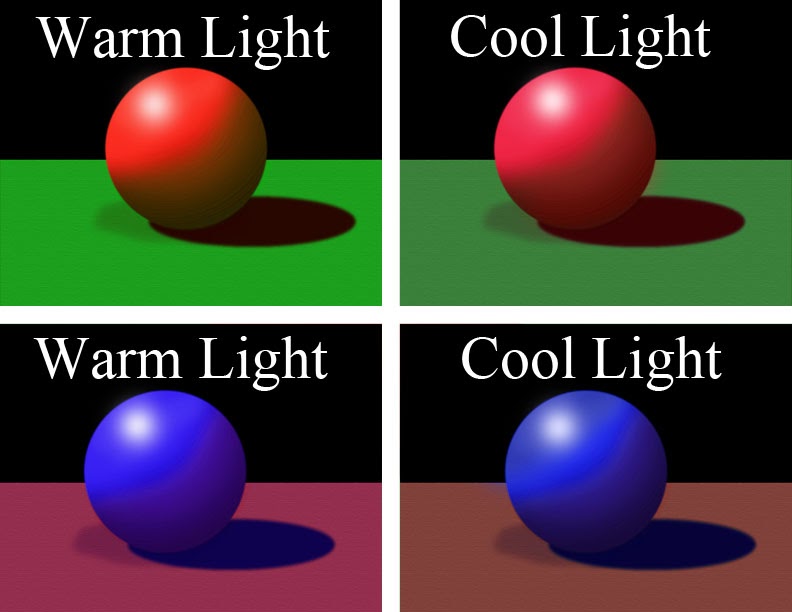







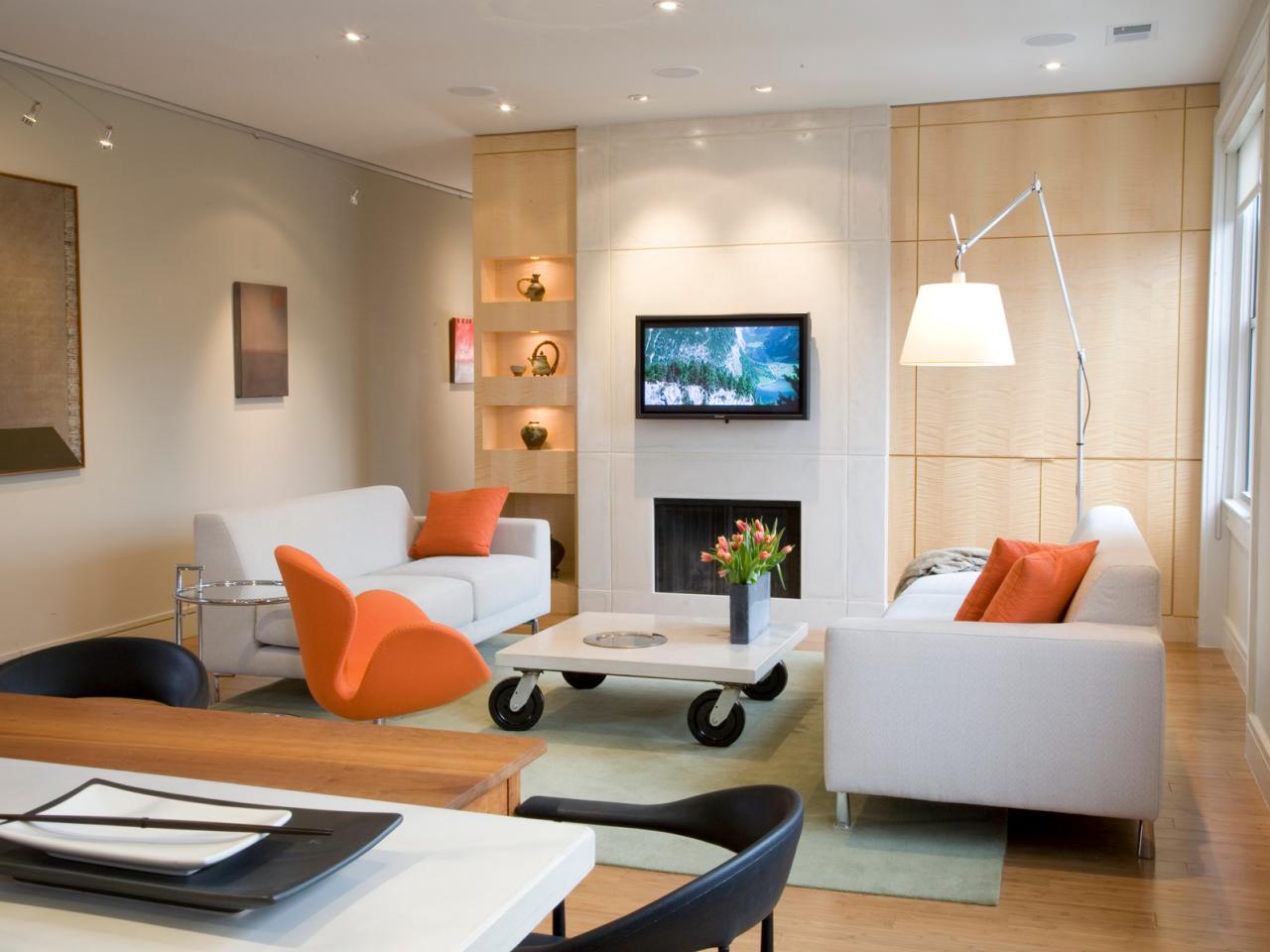



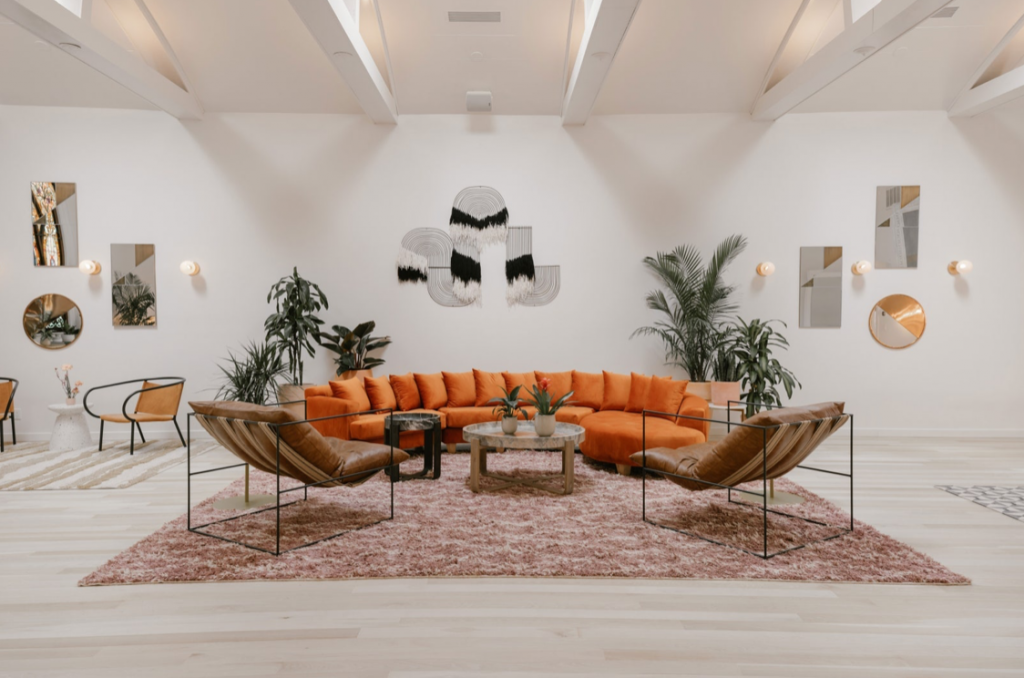

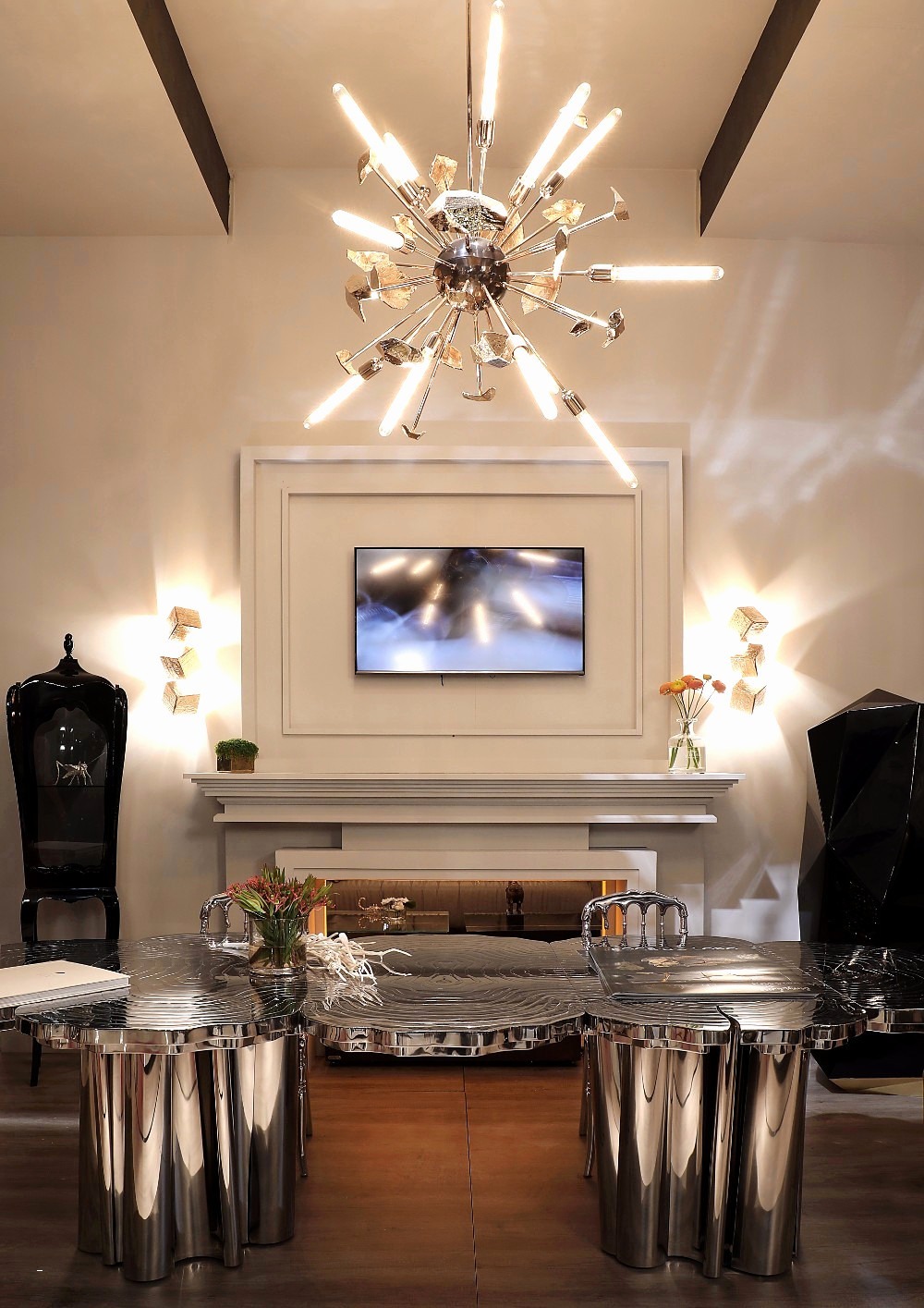












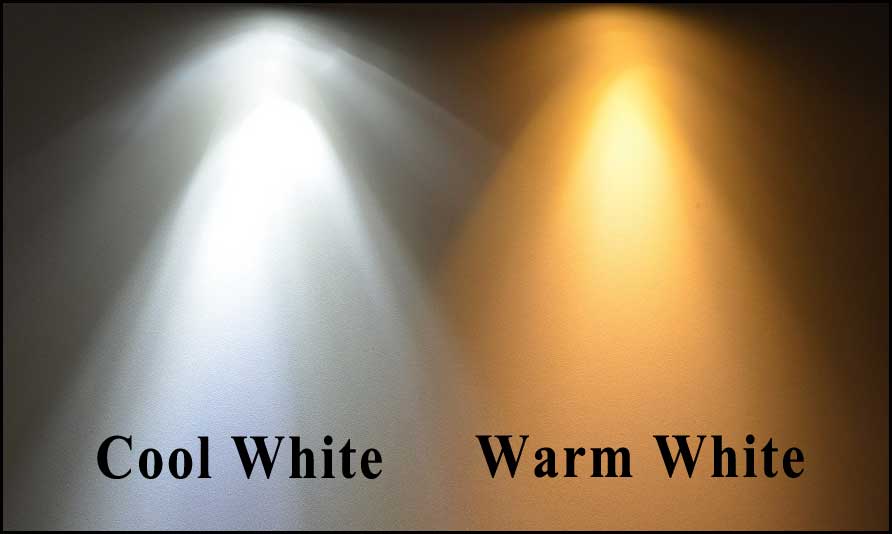



/living-room-lighting-ideas-4134256-01-2f070b6071444f1197ad5ca56d9e6678.jpg)


















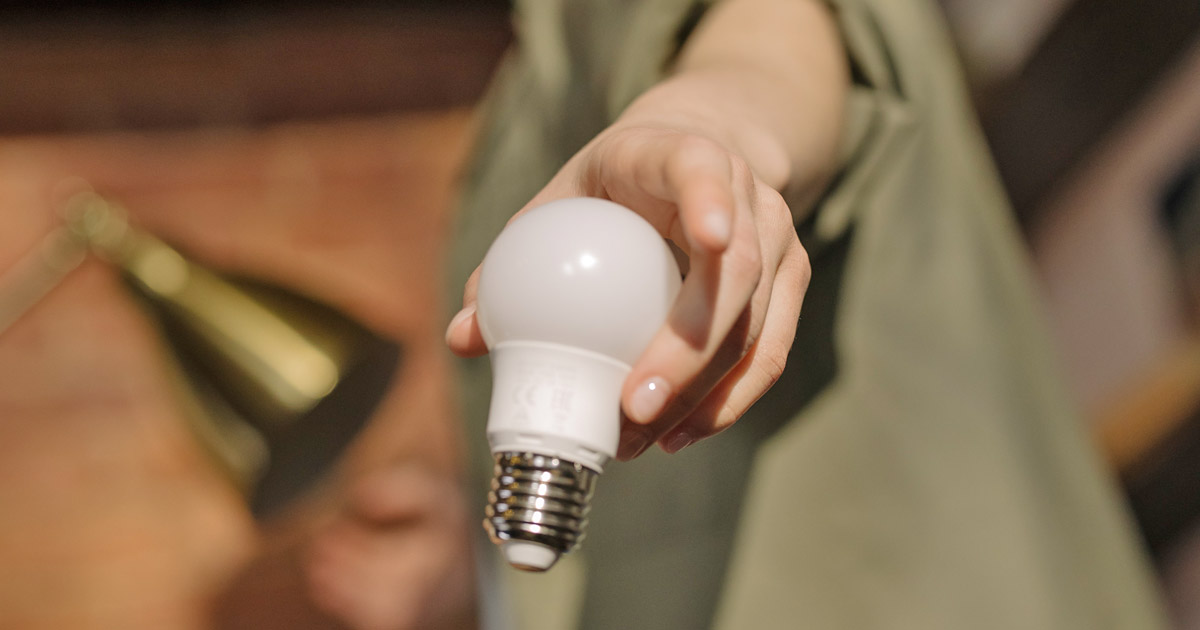




















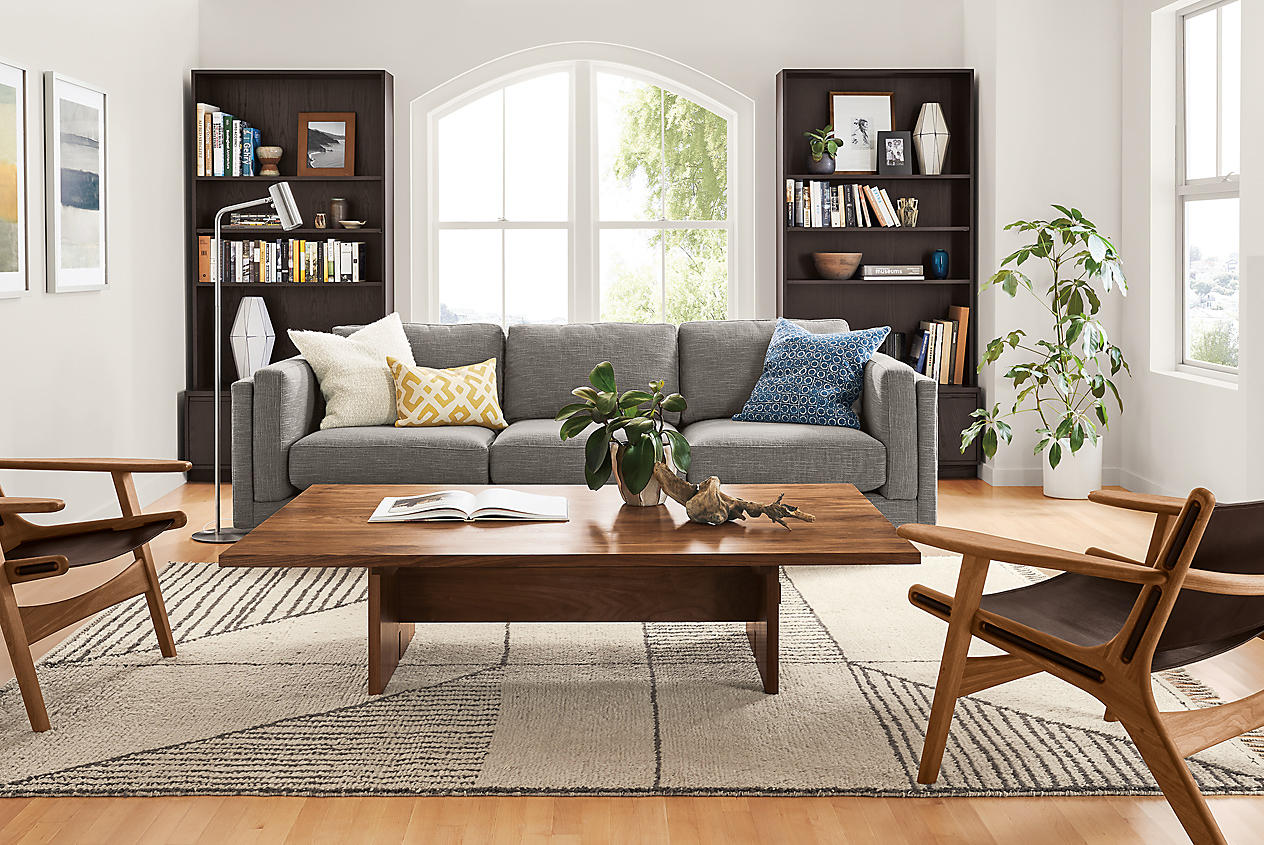





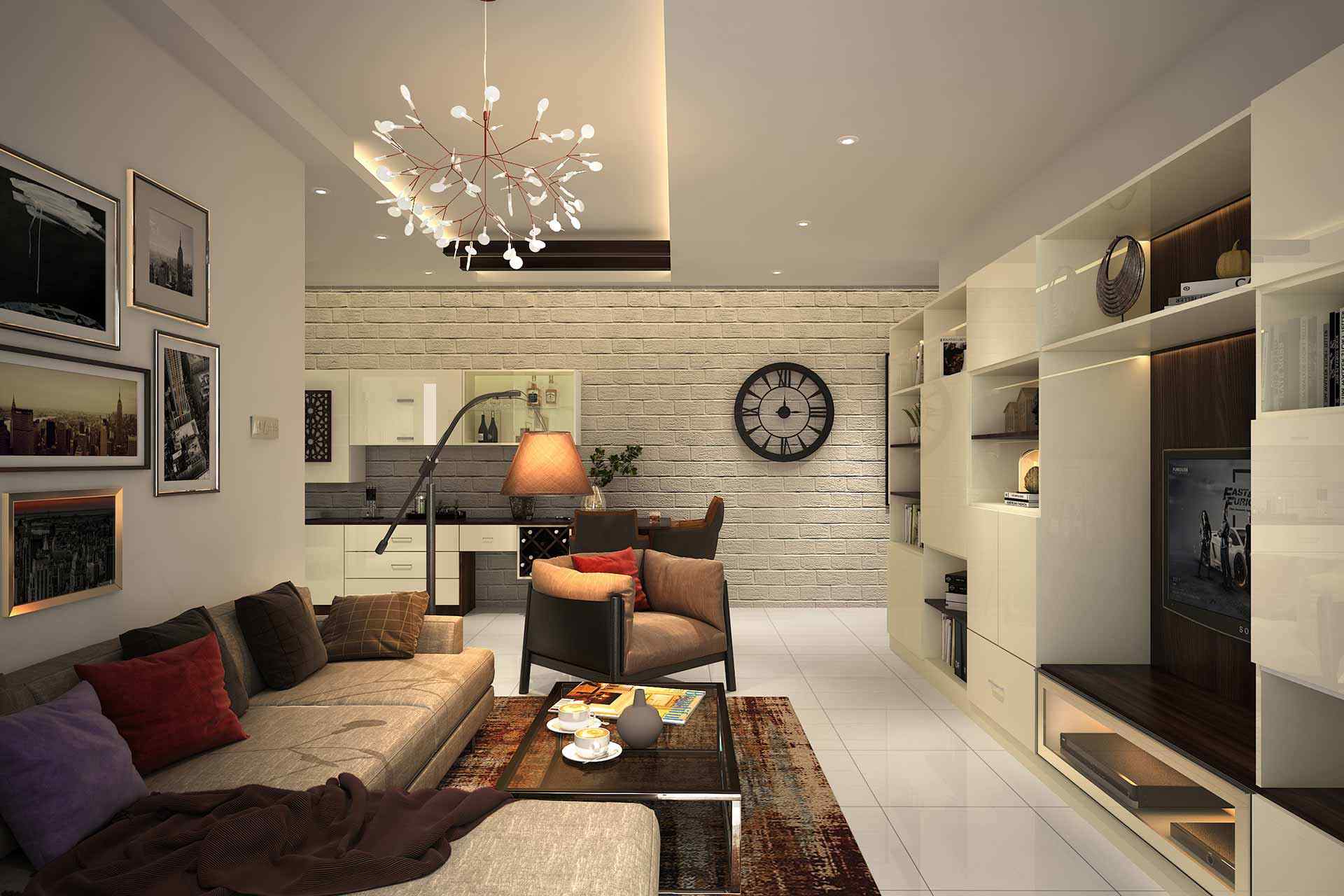
:max_bytes(150000):strip_icc()/living-room-lighting-ideas-4134256-01-2f070b6071444f1197ad5ca56d9e6678.jpg)


:max_bytes(150000):strip_icc()/Cozy-Sitting-Area-Beth-Webb-589f7cab3df78c475870dd2b.png)











